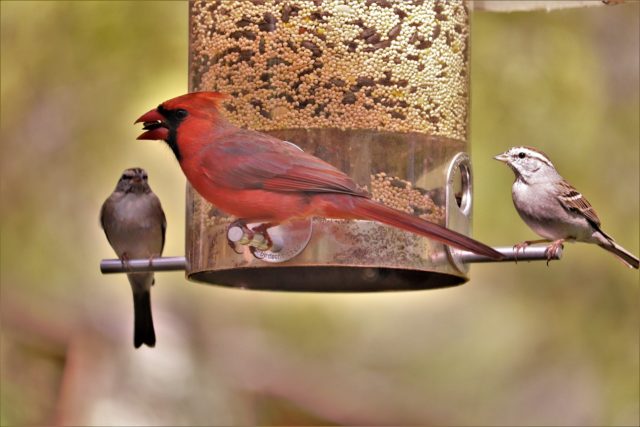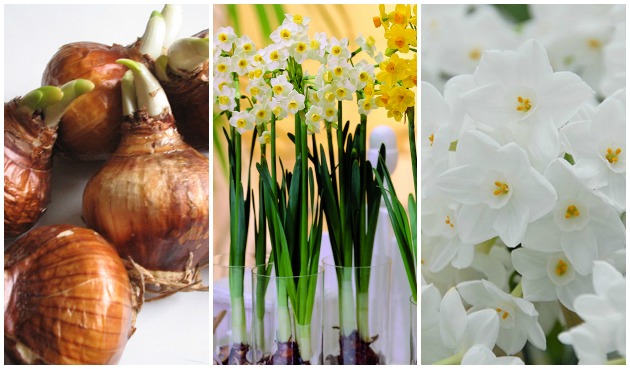The holidays are not a time to ignore your garden
Seed catalogues & ordering
Catalogues have begun to arrive ‘and it is not too early to do some serious review and ordering:
- Mid-February is the time some seeds need to be started and you will want your seed order to have been received
- Take advantage of seed company discounts for early orders (often by December 31st)
- Get your order filled before stock runs out on popular and/or new selections
- Ten weeks lead time prior to the last frost (March 4th) is required for starting seeds for some flowers which is the first for January.
- Not waiting for a catalog to arrive – go directly to a website source. Several popular retail seed house web-sites would include:
- Thompson & Morgan {Jackson, NJ} www.tmseeds.com – flowers
- Park Seed Co. [ Greenwood, NC] www.parkseed.com – flowers
- Johnny Seed [ Winslow, ME] www.Johnnyseeds.com – vegetables
- Burpee & Co, [Westminster, PA]. www.burpee.com – flowers & vegetables
Seed Starting
- Finalize seed-starting plants for the coming season especially regarding those seeds requiring a ‘chill’ period [ranges from 3 to 6 weeks or longer germination period]. These include delphinium, columbine, lobelia, and salvia
- Check viability of seeds carried forward from previous year(s). Place in damp paper towel on a warm surface and monitor for sprouting.
Ornamentals
- There is still time to plant tulips and other spring flowering bulbs including daffodils and crocuses. Best planted in the fall when the soil temperature is below 60 degrees F.
- Bulb planting – take time to thoroughly loosen the soil and add amendments for better bulb establishment.
- Feed those pansies, violas, snapdragons, foxgloves, poppies, delphiniums and other cool-weather flowers that you have just set out with water-soluble fertilizer. This will help them grow health leaves and roots before the winter sets in.
- Forcing bulbs – there is still time to pot up spring bulbs to force in containers for winter flowering indoors. Consider potting up narcissus, paper-whites, and crocuses
- Protect plants (especially those recently planted) from heaving. Do not use straight leaves since they can mat and smother the plant, but chopped leaves are ideal.
- If not rain, water plants prior to a freeze.
- Collect garden greenery for holiday decorating. Make a clean cut at branch angles or leaf nodes and keep an eye toward the shape of the plant.
- Soil testing – it is an excellent time to send garden soil for testing to Shelby County Agricultural Extension Service to anticipate any soil enhancements you may need to apply next spring. Envelopes are available from the County Extension agent (901-752-1207) for a modest charge ($15).
Lawns
- Raise the height of the lawn mower deck and mow one last time before putting the mower away for the winter
- If there are not too many leaves, a mulching mower can chop fallen leaves and will help aid organic matter to the turf.
- Nitrogen fertilizer can still be applied if you have not put out the fall application yet. Be conservative and be sure to follow the rate application in minimize run off pollution.
Trees & shrubs
- Help shrubs and trees overwinter and avoid pruning until February. Removing dead wood and odd stems here and there is OK.
- Water trees one or two times per month November through March on warm days when the ground is not frozen. Water deciduous trees within the ‘drip line’. Water evergreens and shrub trees three to five feet beyond the ‘drip line’ on all sides
- Wrap nursery cloth around tree trunks of newly planted and thin barked trees such as crepe myrtles
- Christmas trees:
- After buying a live tree, cut an inch off the bottom stem which allows the tree to absorb more water. Leave tree in a bucket of water with some tree preservative in the water. Store in a shaded cool place until bringing inside
- Check the water level daily. Fresh trees take up to a gallon of water a day the first few days.
- If possible wash (hose down) the tree before bringing into the house. This will help remove pollen and other allergens as well as hitch-hiking insects
- Consider recycling old Christmas trees or place in the back of the garden for wildlife habitat
- New and existing trees and shrubs should not be moved/transplanted until next spring.

House plants
- Inspect house plants, especially any which spent the summer outdoors. They often carry in small insects that are not conducive to pesticide control. Use insecticide soap, hand pick or alcohol on cotton swabs or cosmetic pads will contain infestations.
- It is not uncommon for plants to shed a lot of leaves when moved to different light conditions. Ficus benjamina tree are well known for this as well as some begonias and geraniums. Simple wait for the plant to grow new ones.
- It is not too late to start a window sill herb garden. Local nurseries have narrow potting boxes with water trays available as well as young starter herbs such as rosemary, thyme, chives cilantro and parsley.
Other
- Keep your bird feeder full and keep feeders out of the flower beds. Sunflower seed hulls can inhibit growth and uneaten flower seeds can sprout in the spring, creating a mess.
- As recommended last December, leave your personal Santa hints = garden gloves, garden planner computer program, keeling pads, soil thermometer, rain gauge, even a little red wagon as every gardener should have one.
- Re-install the down spouts and store rain barrows or turn them upside down so they do not collect water
- Disconnect, drain and store garden hoses.
- Wipe or brush dirt from hand tools, lightly oil to reduce rust
- Move low-fired terra cotta and other fragile containers and sculpture under covered protection.
